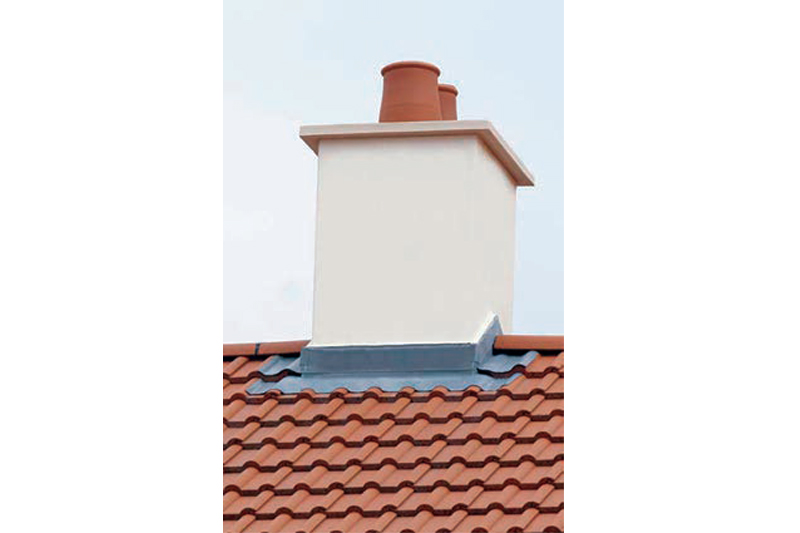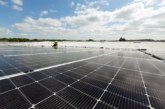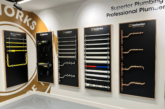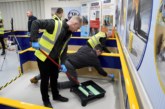
Martin Hipkin, DEKS Business Development Manager, looks to allay the concerns relating to lead-replacement flashings.
We are regularly asked about the features and benefits of lead replacement flashings vs lead on various types of installations. Lead replacement flashings can seem daunting at first, due to dealing with the unknown and wanting to stick to what you are used to — however, using lead can be time consuming, cumbersome and simply not very easy.
The ideal roof flashing material therefore has to be lightweight and easy to work with. It can be cut and formed easily, applied directly from the roll with minimal waste and with no need to be prefabricated and lifted into place. There should be no need for welding at the joints or elaborate fixings or bending devices.
In addition, the best solution is always non-toxic and therefore more environmentally-friendly. Lead replacement flashings should also be attractive to meet lead on this level.
Lead also has a scrap value and despite futile efforts to stop the illegal trade, there continues to be a massive escalation in lead being ripped off roofs and stolen for scrap. Indeed, one of the biggest problems with the theft of lead from roofs is the damage that can then be caused by water ingress, leading to expensive repairs, worry and stress and increased insurance premiums.
With all these factors consider, ‘lead alternatives’ can present the solution. DEKS FastFlash, for instance, provides a flexible, adhesive-backed, smooth and attractive roof flashing that do the job better and won’t get stolen because they are stuck fast to the building. Indeed, our customers tell us the products “almost pay for themselves” on the installation efficiency alone.
Material advantages
FastFlash is a stretchable matrix of recycled aluminium, embedded in eco-friendly polymer rubbers with a fully self-adhesive butyl backing. Like a traditional lead flashing, it can be chased into masonry and will adhere to most conventional building materials — including plastics, zinc, copper, steel, brick and concrete — with only minimal priming required for porous or dusty surfaces.
Those who lift lead know how heavy it is, and using such a heavy material at height on sloping roofs is difficult whilst posing health and safety risks. However, Fastflash is five times lighter than code-4 lead. Furthermore, it rarely needs heat or flame for installation, reducing the risk of possible roof fires due to naked flames.
The flexible self-adhesive flashing is easy to use on most, if not all installations. Rolls come in sizes of up to 1250mm x 5m to provide a premium, clean-looking watertight finish to the bottom edge of skylights, dormers and bay windows canopies, whilst it is also fast-becoming the product of choice for in-roof solar installations. The product stretches, bends and twists with amazing form stability, whilst it comes boxed for easy transportation and to avoid any damage.
The aesthetic edge
Non-lead flashings have been increasing in popularity, pushing roofing boundaries for way over a decade. FastFlash is a premium product which looks fabulous once installed, with colours to match the building too — Black, Light Grey (Old Lead) and Anthracite (New Lead) options are all available, allowing flashings to blend with the finished look. What’s more, they are virtually indistinguishable from lead at a distance, making them suitable for installation on high-profile and listed buildings as well as any other construction projects.
Click here for more information on DEKS FastFlash.
A version of this article appeared in the June edition of PBM. Click here to read the full digital issue online.









